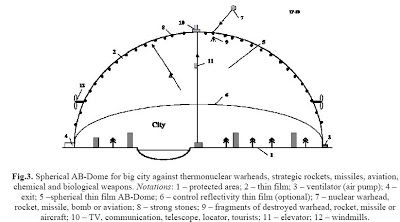Tracking your health is a growing phenomenon. People have historically measured and recorded their health using simple tools: a pencil, paper, a watch and a scale. But with custom spreadsheets, streaming wifi gadgets, and a new generation of people open to sharing information, this tracking is moving online. Pew Internet reports that 70–80% of Internet users go online for health reasons, and Health 2.0 websites are popping up to meet the demand.
David Shatto, an online health enthusiast, wrote in to CureTogether, a health-tracking website, with a common question: “I’m ‘healthy’ but would be interested in tracking my health online. Not sure what this means, or what a ‘healthy’ person should track. What do you recommend?”
There are probably as many answers to this question as there are people who track themselves. The basic measure that apply to most people are:
- sleep
- weight
- calories
- exercise
People who have an illness or condition will also measure things like pain levels, pain frequency, temperature, blood pressure, day of cycle (for women), and results of blood and other biometric tests. Athletes track heart rate, distance, time, speed, location, reps, and other workout-related measures.
Another answer to this question comes from Karina, who writes on Facebook: “It’s just something I do, and need to do, and it’s part of my life. So, in a nutshell, on most days I write down what I ate and drank, how many steps I walked, when I went to bed and when I woke up, my workouts and my pain/medication/treatments. I also write down various comments about meditative activities and, if it’s extreme, my mood.”
David’s question is being asked by the media too. Thomas Goetz, deputy editor of Wired Magazine, writes about it in his blog The Decision Tree. Jamin Brophy-Warren recently wrote about the phenomenon of personal data collection in the Wall Street Journal, calling it the “New Examined Life”. Writers and visionaries Kevin Kelly and Gary Wolf have started a growing movement called The Quantified Self, which holds monthly meetings about self-tracking activities and devices. And self-experimenters like David Ewing Duncan (aka “Experimental Man”) and Seth Roberts (of the “Shangri-La Diet”) are writing books about their experiences.
In the end, what to track really depends on what each person wants to get out of it:
- Greater self-awareness and a way to stick to New Year’s resolutions?
- Comparing data to other self-trackers to see where you fit on the health curve?
- Contributing health data to research into finding cures for chronic conditions?
Based on answers to these questions, you can come up with your own list of things to track, or take some of the ideas listed above. Whatever the reason, tracking is the new thing to do online and can be a great way to optimize and improve your health.
Alexandra Carmichael is co-founder of CureTogether, a Mountain View, CA startup that launched in 2008 to help people optimize their health by anonymously comparing symptoms, treatments, and health data. Its members track their health online and share their experience with 186 different health conditions. She is also the author of The Collective Well and Ecnalab blogs, and a guest blogger at the Quantified Self.


